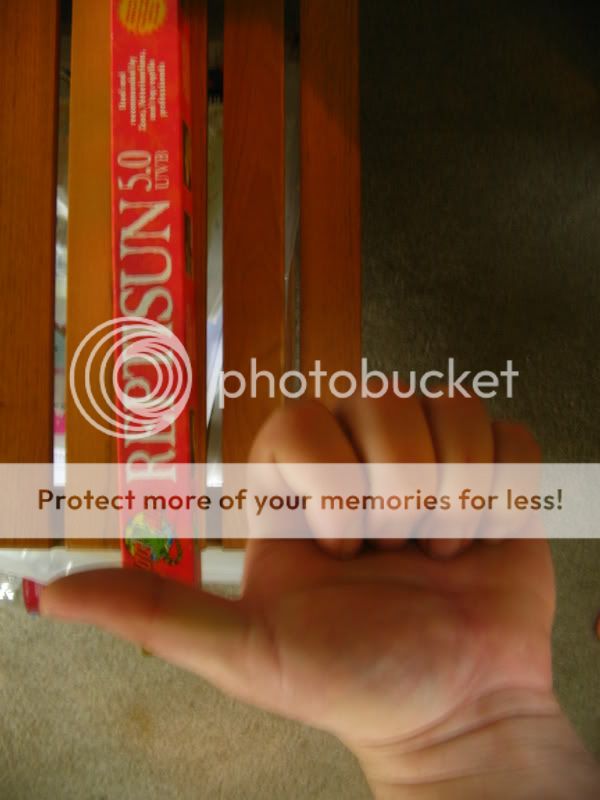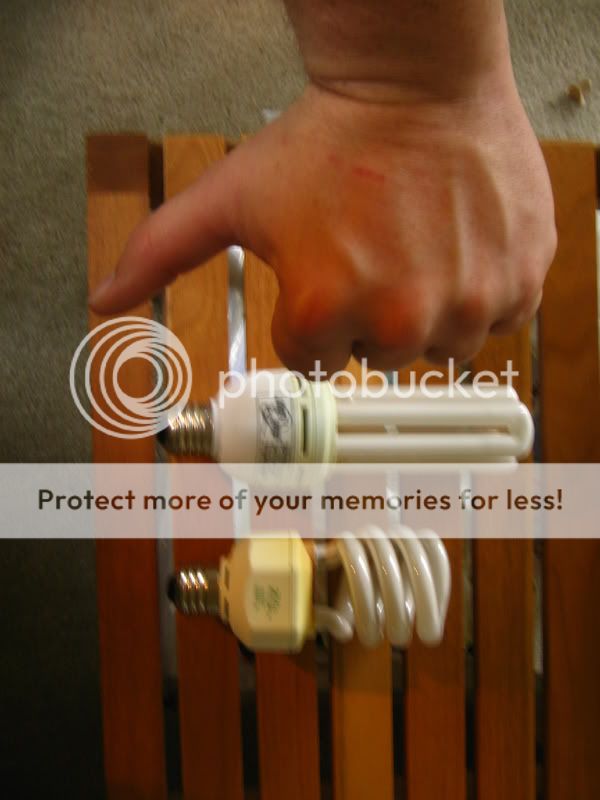Just a few things i have to say.
My chameleon had a compact light 5.0 in the beginning of its life since i needed a bigger vivarium in the future. Directly , lets say after 2 weeks she was looking kinda wierd in her eyes, and closing them from time to time. I changed the light to another UV boulb, a long linear light with 5.0 UV strength
The strength is the same , right?
What caused the problem? My GUESSES and LOGIC sence it was the compact boulb.
Now i understood you in the beginning of this thread but YOU doing research without any clues or knowledge about light at all doing this to chameleon babies?
And why the **** do you talk about economics when its up having a perfect husbandry for chameleons. You will just loose some dollars but you will maybe save an expensive veterinarian check. Do not keep animals at home if you cant afford it, my guesses you can so just dont underestimate the people on this forum and follow our tips.
Thanks
David
My chameleon had a compact light 5.0 in the beginning of its life since i needed a bigger vivarium in the future. Directly , lets say after 2 weeks she was looking kinda wierd in her eyes, and closing them from time to time. I changed the light to another UV boulb, a long linear light with 5.0 UV strength
The strength is the same , right?
What caused the problem? My GUESSES and LOGIC sence it was the compact boulb.
Now i understood you in the beginning of this thread but YOU doing research without any clues or knowledge about light at all doing this to chameleon babies?
And why the **** do you talk about economics when its up having a perfect husbandry for chameleons. You will just loose some dollars but you will maybe save an expensive veterinarian check. Do not keep animals at home if you cant afford it, my guesses you can so just dont underestimate the people on this forum and follow our tips.
Thanks
David





